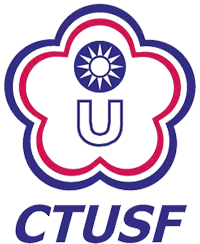Sports & Exercise Research Volume 12 Number 2
Author:Hsing-Chou Liao ; Cheng-Feng Ho ; Kuo-Chen Chung ; Li-Chen Lee ; Chen-Wen Chen ; Wen-Chih Lee ; Yi-Ming Tsai
Period/Date/Page:Vol. 12 No. 2 (2010 / 06 / 01) , P79 - 86
DOI:10.5297/ser.1202.009
Effects of Hyperoxia Recovery on Glucose Metabolism after High Intensity Interval Training
Abstract:This study was aimed to investigate the effects of hyperoxia recovery (100% O2) after high intensity interval training (HIIT) on glucose tolerance, insulin sensitivity and cortisol levels. Eight male basketball players (aged=22±0.5 years, height=182.8±1.8 cm, weight=78.3±5.1 kg) performed the single-bout high intensity interval training (HIIT) which comprised intensity of 120-140% lactate threshold, lasting for 2 min with rest for 1 min and 7 repetitions. Participants were undergone to including hyperoxia (100% O2) and normoxia (21% O2) recovery for 90 min after HIIT. The interventions of recovery were cross-over between two groups on next day. Oral glucose tolerance test (OGTT) was conducted pre-and post-exercise, and circulating levels of glucose, insulin and cortisol were measured. In the results, significantly lower blood glucose level was noticed in the HIIT with hyperoxia recovery comparing to normaxia and pre-exercise (p<.05). No significant difference in insulin sensitivity was observed among pre-exercise, post-exercise with hyperoxia and normaxia (p>.05). Significantly lower cortisol levels were found at 60 and 90 min post-exercise with hyperoxia recovery compared to normaxia recovery (p<.05). This study suggested that post-HIIT with hyperoxia recovery for 90 mins might have benefit for lowering physiological stress and improved glucose uptake after exercise. (Full text)
Keyword:




